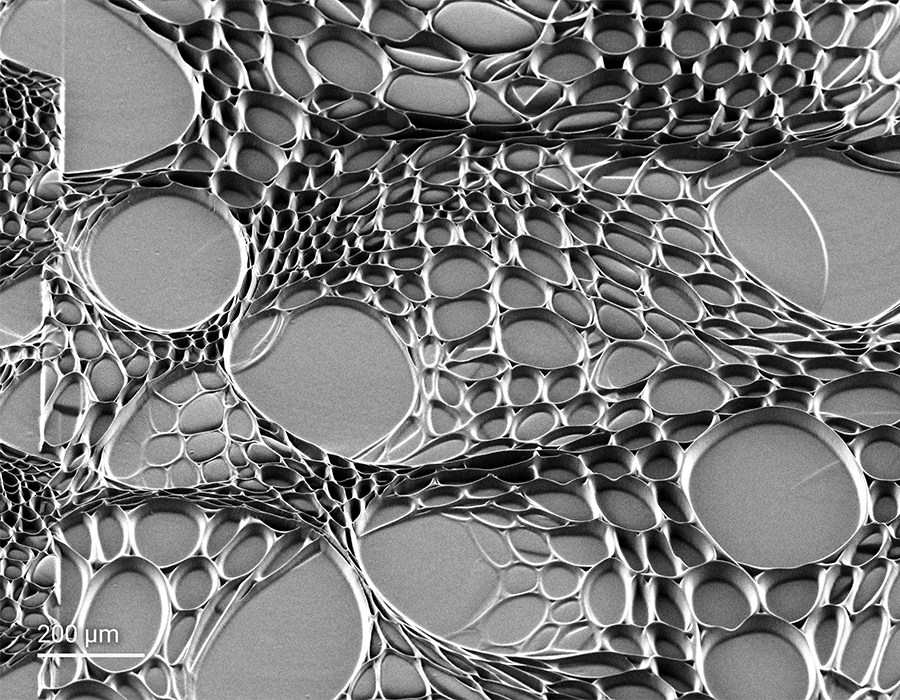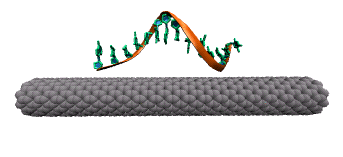_ Section of the simulation process in (electrical nanoparticles)
The process of simulating nanotubes in interaction for nano communication purposes by (electrical nanoparticles)
Researcher and author: Dr. ( Afshin Rashid)

Note: The source of noise in nano electronics is currently mostly in carbon nanotubes based on nano telecommunication functions and the structure of graphene particles present in nanotubes interacting for nano communication purposes by (nanoparticles) present in CNT single-walled carbon nanotubes. and multi-walled CNTs are done.
Nanomaterials with high surface-to-volume ratio noise produced by nano-electrons are very attractive because they are very sensitive to surface changes. A representative material of this type is carbon nanotubes, which are rolled sheets of the hexagonal lattice of graphene, the thickness of which is only one carbon atom.

A simple nano-telecommunication device consists of a carbon nanotube that creates two electrodes. These magnetic communication particles are exposed to various large molecules and cause some of them to bind to the carbon nanotube surface. In nanocommunications, different molecules give unique sound signals related to the properties of the molecules. The strength of interaction between carbon nanotubes and molecules comes from noise signals. In nanocommunications, interaction with electronic nanoparticles based on carbon nanotubes, the signal produced by the carbon nanotube device is changed following the absorption of certain individual molecules. This is because the adsorbent molecule creates a trap state in the carbon nanotube, which makes it conductive. This means that nanotelecommunication devices based on carbon nanotubes are very sensitive. And they can detect a unique amount of single molecules. The ability to characterize single molecules using highly sensitive nanoelectronics is an exciting prospect in the field of sensors, especially for neural and biosensing applications. It is attractive to use acoustic signals to detect molecular activity ((interaction) or (active circuit)). In nanocommunications and interactions with carbon nanotube-based electronic nanoparticles, signal detection sensitivity may be increased through controllable noise generation. These carbon nanotube-based nanotelecommunication devices show that it is possible to identify individual molecules through their unique noise particles in current nanotelecommunication signals. Improved knowledge about the molecular origin and interactions with carbon nanotube-based electronic nanoparticles of noise should lead to the development of electronics that use noise to improve their performance rather than degrade it.
Conclusion:
Noise is a low-frequency random fluctuation that occurs in many nanocommunications devices, including nanoelectronics, the environment, and organisms. Noise can obscure signals, so it is often removed from electronic and radio transmissions.
Researcher and author: Dr. ( Afshin Rashid)
Specialized doctorate in nano-microelectronics



